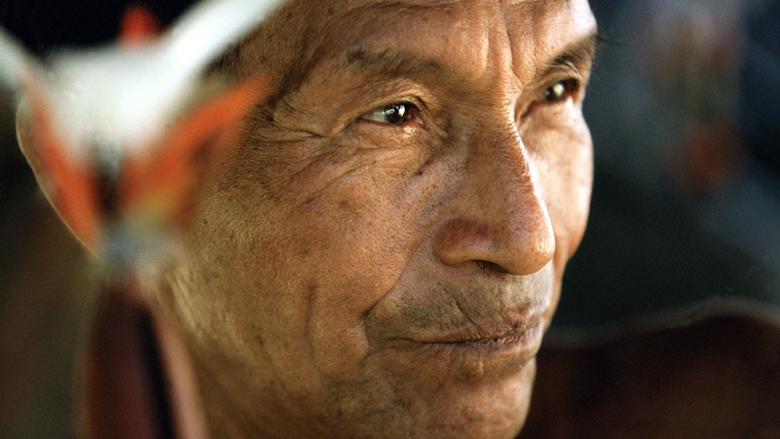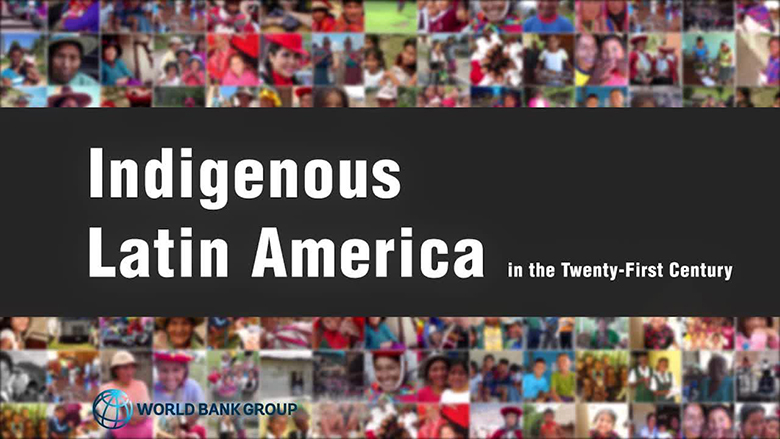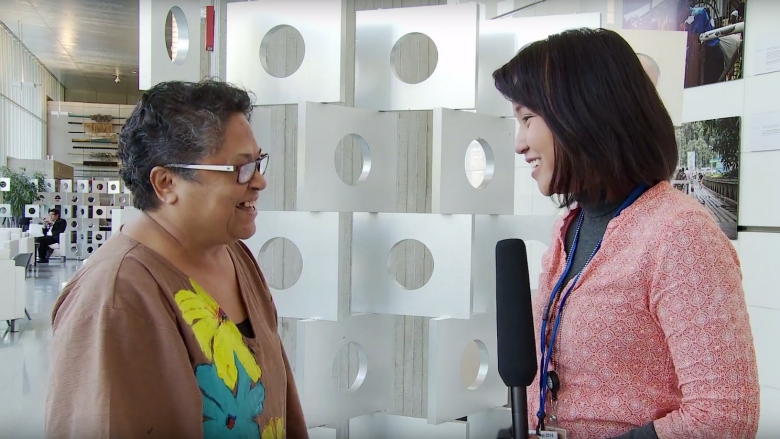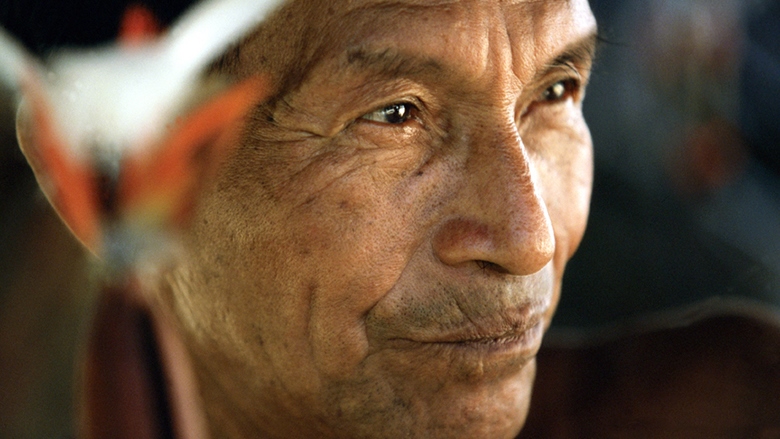Community-driven development, an approach to local development that empowers community groups with control over planning and investment decisions, is one of several ways that the World Bank partners with Indigenous Peoples to fight poverty. Community-driven development’s strengths – such as facilitating basic service delivery in remote areas and working with diverse, heterogeneous communities and vulnerable groups – respond well to many of the unique challenges that programs face in working with Indigenous Peoples.
The Bank’s community-driven development projects are leading efforts to partner with Indigenous Peoples and ethnic minorities, for example:
Nepal: The Poverty Alleviation Fund (PAF) aims to improve living conditions, livelihoods, and empowerment among the country’s rural poor, especially for traditionally excluded groups. A 2014 assessment found that the indigenous nationalities, or Adivasi-Janajatis, who make up approximately 30% of the country’s population, saw their poverty head count rate decrease by 18.5% as a result of the program.
Vietnam: The Northern Mountains Poverty Reduction Project (NMPRP) and Central Highlands Poverty Reduction Project specifically focus on improving services and livelihoods for ethnic minorities, who live in some of Vietnam’s poorest and hardest to reach provinces. NMPRP improved access of ethnic minorities to markets and services by paving and upgrading more than 4,230 kilometers of rural roads and constructing 3,250 kilometers of small bridges.
Myanmar: The National Community-Driven Development Program supports Myanmar’s “people-centered” approach to rural development, including areas where ethnic minorities live. In the project’s first two years, communities built or rehabilitated more than 500 schools, constructed over 500 kilometers of footpaths and access roads, and designed and implemented more than 2,100 subprojects.
Brazil: Several projects in Brazilian states partner with Indigenous Peoples, including those in Sao Paolo, Pernambuco, and Ceara. The $135 million Pernambuco Rural Economic Inclusion Project promotes rural business initiatives and expands access to water and other vital infrastructure in the state’s rural areas for 25,000 family farms. About 24,000 Indigenous People, comprising 10 ethnicities, live in the state. A previous community-driven development project financed fourteen indigenous community-driven subprojects that benefited about 5,000 Indigenous Peoples.
India: The Tamil Nadu Empowerment and Poverty Reduction Project provides skills training for the poor, develops pro-poor local institutions, and finances demand-driven sub-project investments, reaching 1.6 million project beneficiaries – more than 70% of households increased their income by at least 20%. The project makes special efforts to target Tamil Nadu’s tribal communities and to ensure that they benefit equitably from the program.
Bolivia: The Community Investment in Rural Areas Project (PICAR) aims to improve access to basic and productive infrastructure for approximately 350,000 people, most of whom are Indigenous Peoples. To date, the project has increased road access for more than 14,000 people, and expanded or improved irrigation for more than 16,000 beneficiaries.
Indigenous communities, while diverse, all face similar challenges. Recognizing that the global community can learn from these ongoing programs, the World Bank’s Indigenous Peoples and Ethnic Minorities team and Community-Driven Development cluster are collaborating to bring together global knowledge and customize it for local solutions. This is just one of many ways that the World Bank is working to end extreme poverty and boost shared prosperity for these often-excluded communities.





